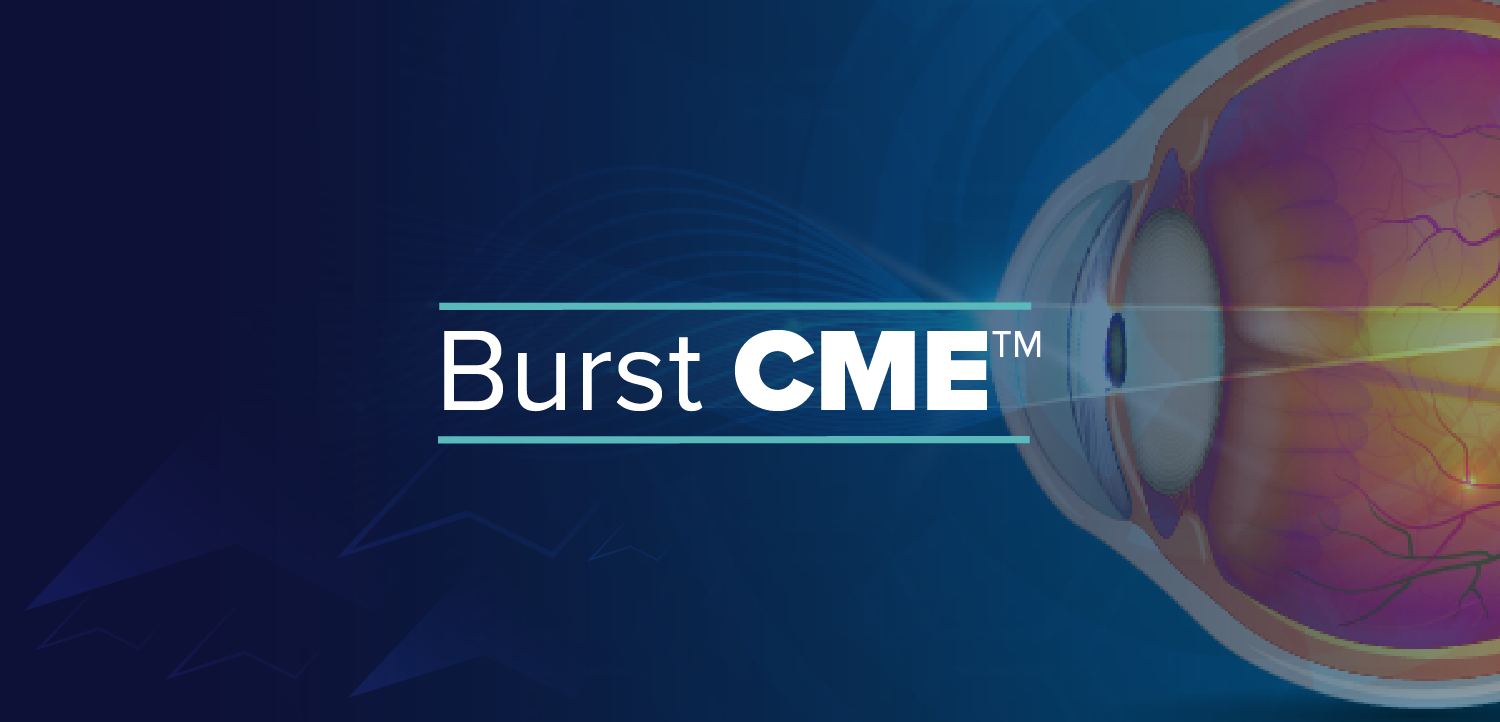Low vision: What's your obligation?
For patients who have age-related macular degeneration (AMD), diabetic retinopathy, glaucoma, and cataracts, there are available medical and surgical treatments that can help make their eyes healthier. However, other patients who have conditions for which there is no treatment or for which surgery is not possible, they are left with vision that is less than optimal. It is the ophthalmologist's responsibility to educate their patients about low vision care.
Every day, you see patients who have age-related macular degeneration (AMD), diabetic retinopathy, glaucoma, and cataracts. For many of those patients, currently available medical and surgical treatments can help make their eyes healthier.
Not just acuity
For example, according to Tom Porter, OD, director of low vision in the Department of Ophthalmology at St. Louis University, almost all patients with age-related diseases have contrast loss, either as the primary or secondary problem. "Most patients that I see who have AMD, diabetic retinopathy, glaucoma, and cataract have a contrast loss and can benefit from low vision care, including the use of contrast-enhancing eyewear," said Dr. Porter.
Low vision care can include a range of services from counseling, special instruction in the activities of daily living, training the patient on how to use different viewing techniques, to prescribing low vision aids, depending on the needs of the patient.
Vision aids typically fall into one of seven major categories: hand-held, stand, or spectacle magnifiers; telescopes; contrast-enhancing eyewear; video magnifiers; and non-optical devices. Those range in power from 1 D, as is the case with simple "ready-made" readers, up to 50x in the case of video magnifiers. Unlike with eyewear (or hearing aids) where one product/appliance will work for all affected sensory activities, low vision devices are task-specific so a patient may actually need three or four devices to accomplish goals.
So, although most patients with age-related eye diseases don't know it, low vision care can help them, either alone or in conjunction with the medical or surgical treatment provided by their ophthalmologist. It is imperative, therefore, that ophthalmologists fulfill their professional obligation to offer this adjunct service or refer out to someone who does. By doing so, ophthalmologists not only ensure that patients gain the full benefit of the medical or surgical treatment they receive, but he or she will also maximize the potential for a successful outcome-and that's good news for both the ophthalmologist and the patient.
After all, a happy patient is more likely to return to you, and may even refer family and friends to you as well!
Editors' Note: Ken Bradley is president and Timothy Gels is marketing manager of Eschenbach Optik of America Inc.
Newsletter
Don’t miss out—get Ophthalmology Times updates on the latest clinical advancements and expert interviews, straight to your inbox.















































.png)


